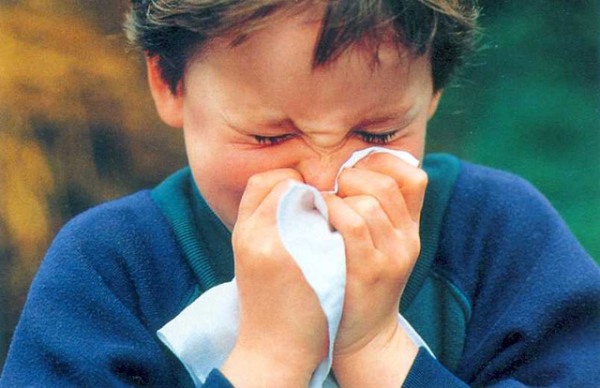The maxillary sinus, frontal sinus, sphenoids and ethmoids are four empty cavities in the head that are known collectively as the paranasal sinuses for they rest above the nasal canal. The lining of these cavities gets inflamed due to many reasons and results in a painful condition called sinusitis. The symptoms of sinusitis varies based on which sinus is affected. Fever, ear pain, headache in the forehead region, cough, weakness, pain over the nose and pressure over the cheeks are common ways in which it manifests. To know this condition better, here are five facts that will help and ensure that you know how to take care of yourself:

1. Major cause of sinusitis
There are many different causes for sinusitis. They may range from allergies to blockages and from viral to bacterial. The air that we breathe in is full of allergens like pollen, dust, molds and fungi. Once these substances enter the nasal passages, they get blocked in the sinuses and cause painful irritation. Sometimes swellings or polyps also block the sinus passages. There are also some inherent structural defects that can cause sinusitis. These include children with enlarged adenoids or those that have a deviated septum.
2. Other causes of sinusitis
These apart, viruses and bacteria too cause and aggravate sinusitis. When you suffer from persistent cold symptoms that last about 10 days, it is most probably a viral infection. But if within 10 days of recovery, you are feeling awful and runny again, the cause is bacteria that has grown in the gunk of your nose. High fever with a heavily runny nose is another diagnostic of bacterial sinusitis.
3. Easing the symptoms
The most sensible way to ease yourself out of the pain is to open up the blocked sinuses. Medically, there are some steroid sprays that are available in the market. Make use of them but only on doctor’s advice. Otherwise, there is a good home remedy. Start with a hot shower – a steamy one preferably. Then wipe yourself before you get cold again. Breathe in steam for a vessel with boiling water. Adding vaporizers like eucalyptus oil into the water helps.
4. Comforting the babies with symptoms
Nasal flushes also help in providing relief. Mix about half a teaspoon of salt into 7-8 ounces of water. Use a dropper to flush the sinuses. This method is also advisable for babies but has to be done with a measure of care. Applying a warm compress to the face and especially the nose and cheeks will help a lot.
5. Prevention always helps
Prevention is the best way to ensure that you do not have the ‘headache’ of dealing with sinusitis! Avoid exposure to allergens like dust, pollen and pollutants. If you have a time period in the year when your allergies seem to flare up, be pro active in taking counter-medicines. If necessary, have a humidifier installed at home for use during the dry months. Take care to wash your hands regularly to prevent exposure to viruses and bacteria. Make use of disposable tissues rather than handkerchiefs to blow your nose. If you use a kerchief, make sure you wash it separately in boiling water. Hydrate yourself regularly in the dry months by drinking lots of fluids.
6. Importance of a correct and timely diagnosis
Another important step in prevention is to get the correct diagnosis. Especially with children, sinusitis may not manifest as facial pain, fever or headaches. It may show up as bad breath and toothache! Diagnosing right will help in taking preventive and proactive action. In fact, when it comes to a child, a sinusitis should be diagnosed and treated quickly before it spreads to the eyes or the brain!
7. Antibiotics will not always help
Antibiotics are a powerful way to combat sinusitis. But then, they are effective only in case of bacterial sinusitis. Many times, it is the viral or allergic variant that people suffer from. Thus, many doctors follow the wait and watch policy. They prescribe antibiotics only after a few days when the sinusitis does not seem to get better. The antibiotics are absolutely useless if the cause is an allergen or a virus.
8. Surgery is also an option
If sinusitis persists, it could turn into a severe infection. Since the whole of the face – mouth, ears, nose, eyes, cheeks and forehead are involved, the way it manifests can get complicated. It would be best to go to a doctor and have a detailed check up. If the medicines and traditional home remedies do not work, the doctor may even suggest surgery.
In course of the surgery, an endoscope is inserted into the nose so that the surgeon gets to know the actual cause of the problem. He/she can then take the necessary steps to correct the same. This is an elegant way of solving the problem which does not involve cutting the skin. Many deviated septa and polyp growths have been corrected this way.




